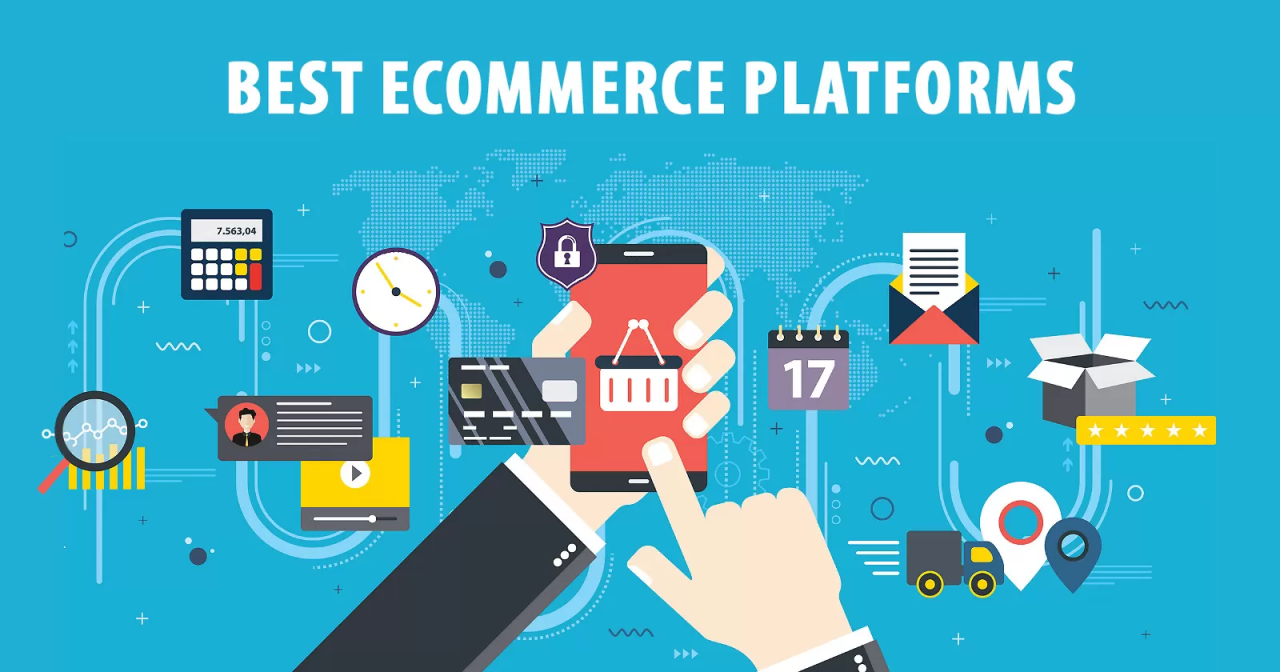E-commerce Market Foreseen To Grow Exponentially Over 2034

E-commerce Market Outlook, 2034
The e-commerce market has experienced exponential growth over the past decade, driven by advancements in technology and changing consumer behaviors. As of 2025, the E-commerce Market Size is projected to reach approximately $53430.13 billion, reflecting a compound annual growth rate (CAGR) of around 16.20% from previous years. This growth can be attributed to several factors including increased internet penetration, the proliferation of smartphones, and the rise of social media platforms that facilitate online shopping. The COVID-19 pandemic further accelerated this trend as consumers turned to online shopping for safety and convenience. E-commerce encompasses various sectors such as retail, wholesale, digital services, and more, making it a diverse and dynamic marketplace.
Market Key Players:
Key players in the e-commerce market include giants like Amazon, Alibaba, eBay, and Walmart. These companies dominate due to their extensive product offerings, advanced logistics networks, and robust customer service frameworks. Amazon remains a leader in North America and Europe with its Prime membership model that offers fast shipping and exclusive deals. Alibaba leads in Asia-Pacific markets with its diverse platforms like Taobao and Tmall catering to different consumer segments. Other notable players include Shopify, which empowers small businesses to create their online stores; JD.com in China known for its efficient delivery systems; and Zalando in Europe focusing on fashion e-commerce. The competitive landscape is continually evolving with new entrants leveraging niche markets or innovative business models.
Download Free Exclusive Sample PDF:
https://www.marketresearchfuture.com/sample_request/18845
Market Segmentation:
The e-commerce market can be segmented based on various criteria including product type, business model, payment method, and geography. Product-wise segmentation includes categories such as electronics, fashion apparel, home goods, beauty products, and groceries. Business models are primarily divided into Business-to-Consumer (B2C), Business-to-Business (B2B), Consumer-to-Consumer (C2C), and Consumer-to-Business (C2B). Payment methods have also diversified with options like credit/debit cards, digital wallets (e.g., PayPal), buy now pay later services (e.g., Afterpay), and cryptocurrencies gaining traction. Geographically, the market is segmented into North America, Europe, Asia-Pacific, Latin America, and the Middle East & Africa; each region exhibits unique trends influenced by local consumer preferences.
Market Drivers:
Several key drivers are propelling the growth of the e-commerce market. Firstly, technological advancements such as artificial intelligence (AI) and machine learning enhance personalized shopping experiences through targeted recommendations based on user behavior. Secondly, mobile commerce has surged as consumers increasingly use smartphones for shopping; mobile-friendly websites and apps are crucial for capturing this audience. Thirdly, improved logistics infrastructure enables faster delivery times which enhances customer satisfaction—same-day or next-day delivery options are becoming standard expectations among consumers. Additionally, social media platforms have become significant marketing channels where brands engage directly with consumers through targeted ads leading to higher conversion rates.
Market Opportunities:
The e-commerce sector presents numerous opportunities for growth particularly in emerging markets where internet access is expanding rapidly. Countries in Southeast Asia and Africa show significant potential due to rising middle-class populations eager for online shopping experiences. Furthermore, niche markets such as eco-friendly products or subscription-based services offer avenues for specialized retailers to thrive amidst competition from larger players. The integration of augmented reality (AR) technologies allows customers to visualize products before purchasing—this innovation could significantly enhance user engagement levels leading to increased sales conversions.
Regional Analysis:
Regionally speaking, North America holds a substantial share of the global e-commerce market primarily due to high disposable incomes and advanced technological infrastructure supporting online transactions. Europe follows closely with strong regulations ensuring consumer protection which boosts buyer confidence in online purchases. The Asia-Pacific region is expected to witness the highest growth rate fueled by increasing smartphone penetration rates coupled with a young, tech-savvy population; countries like China and India lead this charge with their vast consumer bases transitioning towards digital shopping platforms.
Industry Updates:
Recent industry updates indicate a growing emphasis on sustainability within e-commerce practices as consumers become more environmentally conscious about their purchases. Companies are adopting eco-friendly packaging solutions while also optimizing supply chains to reduce carbon footprints—a trend that resonates well with modern consumers who prioritize sustainability alongside convenience. Additionally, innovations such as drone deliveries are being tested by major players aiming to revolutionize last-mile logistics further enhancing delivery efficiency.
Browse Full Report Details:
https://www.marketresearchfuture.com/reports/e-commerce-market-18845
Contact Us:
Market Research Future (Part of Wantstats Research and Media Private Limited)
99 Hudson Street, 5Th Floor
New York, NY 10013
United States of America
+1 628 258 0071 (US)
+44 2035 002 764 (UK)
- Questions and Answers
- Opinion
- Motivational and Inspiring Story
- Technology
- Live and Let live
- Focus
- Geopolitics
- Military-Arms/Equipment
- Segurança
- Economy
- Beasts of Nations
- Machine Tools-The “Mother Industry”
- Art
- Causes
- Crafts
- Dance
- Drinks
- Film/Movie
- Fitness
- Food
- Jogos
- Gardening
- Health
- Início
- Literature
- Music
- Networking
- Outro
- Party
- Religion
- Shopping
- Sports
- Theater
- Health and Wellness
- News
- Culture

